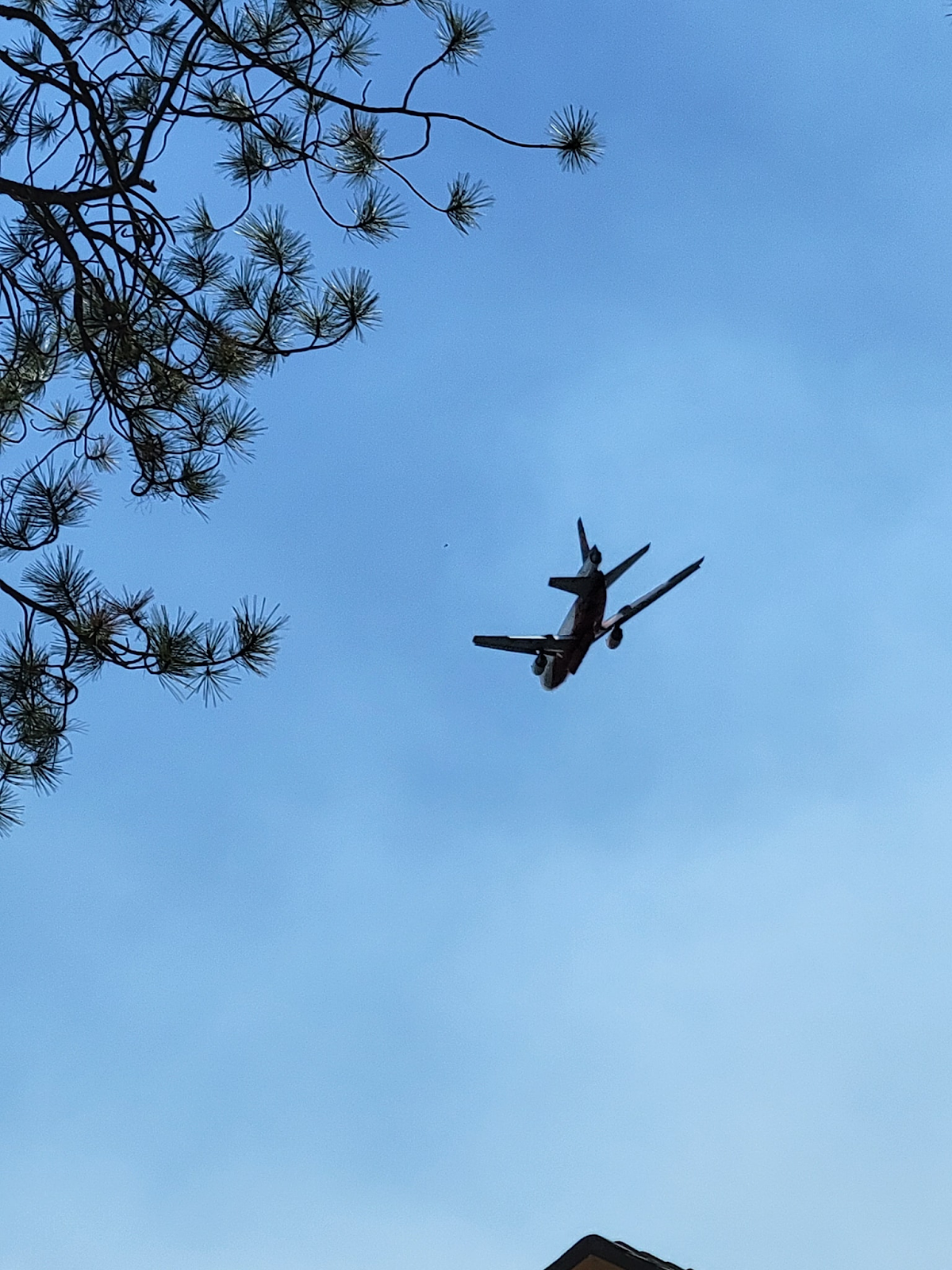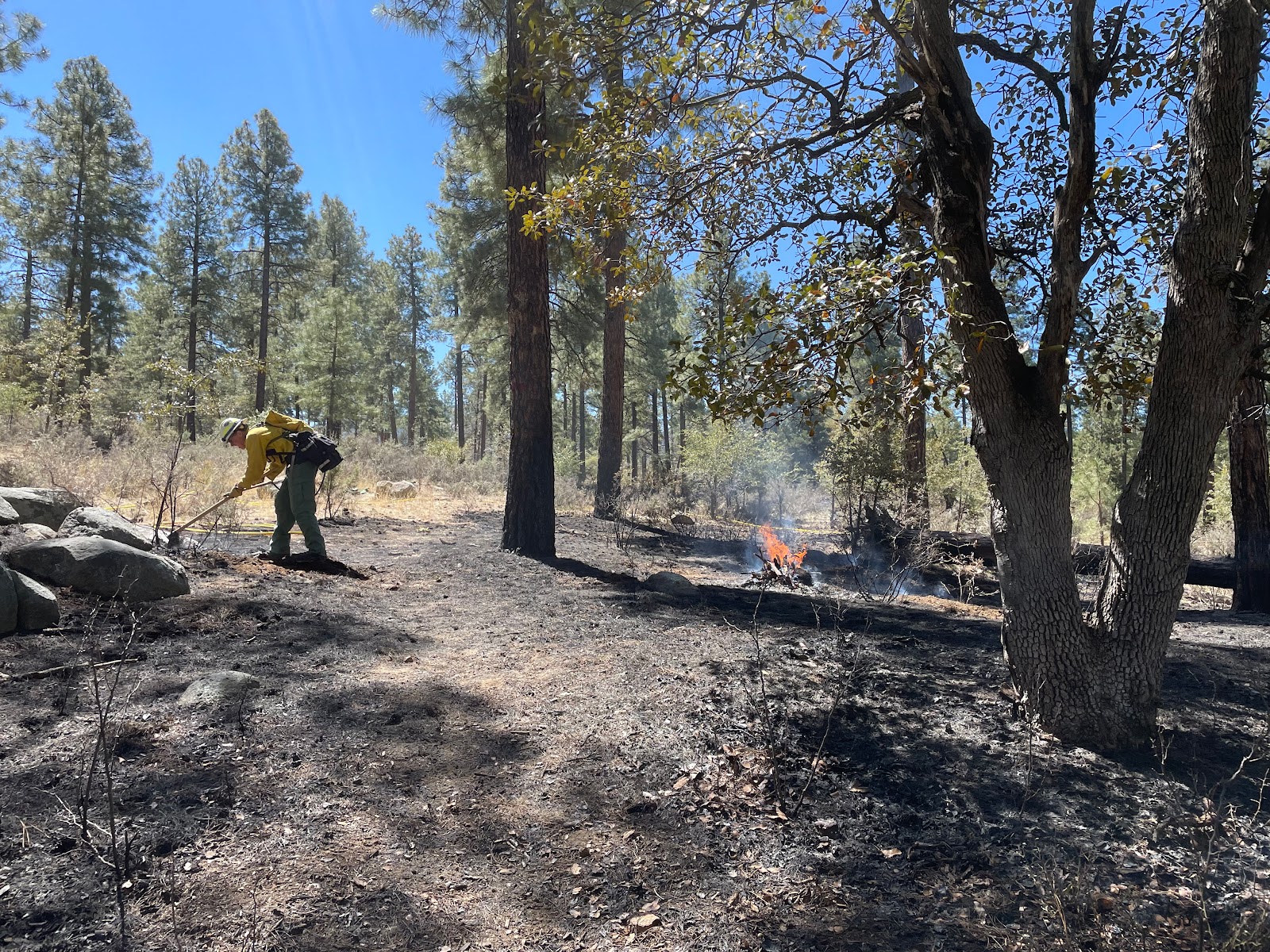It's a fun thing for me when different "Twitters" that I follow or engage with intersect like fire service related Twitter and financial Twitter. And while there may not be a huge value add when someone in "critical thinking Twitter" weighs in on fitness, it is still interesting to me. There's an intellectual appeal to agreeing with someone on many points in one subject and disagreeing with them on many points in a completely different subject.
Over the last few years, my childhood interest in baseball cards has been rekindled. There's a nostalgic aspect to this and I view the cards, many of them anyway, as little pieces of art. For purposes of this post, even if you don't get it, just remember that art is in the eye of the beholder, and that's how I think of many of them as well as getting a kick out of it.
I've been involved with Baseball Card Twitter to a small extent but got to do something very cool last summer, supporting the movement to have the MLB MVP awards renamed for negro league legend Josh Gibson. I entered a card art "competition" where a bunch of artists, and (ahem) one financial blogger had cards featuring Gibson made to raise money for the Josh Gibson Foundation and to raise awareness of Gibson's legacy. This is the card I had printed up. I still have a few available. You'd make a donation directly to the foundation, DM me proof on Twitter and your address and I will send you one. Note, I made no money from this, all proceeds went to the foundation.
Earlier this week, baseball card Twitter intersected with personal finance Twitter as follows;
Hoping I could add value to the conversation I replied
Slightly bigger picture is to live below your means. Have
less house than you can afford, drive Toyotas for 20 years, don't carry CC
balances. Related to cards, I buy inexpensive ones that I love. I can count on
1 hand the # $50 cards that I've bought, never more $$ than that.
It's of course basic common sense but I'm on board with repeating basic common sense. As I've followed the hobby along for the last couple of years I regularly see spending on cards that I cannot wrap my head around. Clearly, there are people who can spend hundreds or thousands a month or even a week on their hobby, on baseball cards, but that is far from the majority.
Baseball cards have enjoyed a recent resurgence in popularity in part to money being cheap, people spending more time at home bored due to Covid and card provider Topps has been offering evermore cards and products to collect and financially speculate on including "art cards," first two years ago with Project 2020 and in 2021 Project 70. This is an example from Project 70. I think it's pretty clear it's art, even if it doesn't resonate with you at all.
Project 70 pushed out six "base cards" per day toward the end at $20 per card as well as artists proofs that ranged from $125 up to the high $200's from what I saw. Also mixed in there were autographed cards, some of which went for hundreds of dollars. All in, there were over 1000 base cards to buy and just as many artists proofs, although they were limited to a 51 card run versus several hundred or in some cases several thousand base cards.
I saw countless Tweets from people regularly ordering all the cards in a given day plus an artist proof or maybe two. This picture from the Topps website shows the difference between a base card on the left and an artists proof on the right. As best as I can tell, it's just the silver framing around the card.
I don't know why the silver framing would be worth $150 to someone. When you go to Starbucks for a latte, do you care if the Barista tells you it's $3.90 one day versus $4.05 another day? You probably don't care about the $0.15 and I can accept that there are people who don't care about $150.00 with the exact same logic but that's very few people, far fewer than the many people I saw loading up on Project 70 base cards and artists proofs. This seems like a different road to a similar bad financial outcome for a lot people.
Hobbyists also buy new cards by the box or even by the case. Depending on how people buy, these too can costs hundreds of dollars and I get the sense that people buy a lot of new cards pursuing complete sets. There's also lots of money, hundreds again, on very limited cards with autographs or a swatch of clothing embedded in the card and so on. I just said hundreds. For certain cards of Shohei Ohtani or Wander Franco, make that thousands.
Vintage have also gone up a lot in value. I think part of the overall popularity might be that it has become easier to learn about players from the past. I certainly feel like I know more about old time players, the negro leagues and so on and it's fun pairing that new found knowledge with a card or two or for some collectors, dozens and dozens of cards. Here's an iconic card, it's a 1953 Topps Jack Robinson.
If you look on eBay, you'll see these ranging from the mid hundreds at the low end to $3000-$4000 at the high end but if you pursued one with high grading through an auction house, they'd likely be much more. It's a neat card and I own a reprint of it that I spend less than $10 on, probably less than $5 but I don't remember. Hard core hobbyists might poopoo buying reprints but I don't care. I have four reprints, all in they were less than $20. Like with many (most?) hobbies there are inexpensive ways to engage.
Mel Daniels was an ABA legend (look him up), I've long been fascinated by the ABA. That card was about $12. Spriggs was a pretty anonymous player but the $5 card is stunning (to me) and the Henderson is a custom card which is a whole other thing, they're very cool, it cost $15.
Tying in some things we talk about here all the time, someone making a fine living shelling out $1000/mo or even more for cards then turning 50 and getting a type 2 diabetes diagnosis resulting in $800 additional every month for insulin and then some other regular new expense and any margin for error disappears or worse someone goes in the hole because of a circumstance like this.
I can see where buying baseball cards can be addictive and accelerate into a more expensive hobby/habit. Back to the original Tweet that was the catalyst for this post, the time to prevent a problem is now, before there is a problem.
Is there an investment angle to pursue? The argument in favor makes cards out to be an alternative asset class. It is, but my casual observation is that card price performance tends to be pro-cyclical which if correct means it correlates to the economic cycle and so also correlates to the stock market cycle. In that case it might just be a bet on outperformance. As an asset class, cards could certainly outperform but that to me is tricky. Do a search for "junk wax" to see what I mean.
A few years ago I bought a 1970 Bobby Orr hockey card graded at 6.5 (the only graded card I have) for about $20. A few months ago I saw where a couple of them, with the identical grade curiously enough that sold in the $300's. I just saw one with a higher grade for sale for $550 on eBay. Sure, that's a great "return," better than stocks, kind of along the lines of Bitcoin from late 2018-early 2021 when it went up 10 fold. Even if I somehow knew that would happen (I didn't), was I somehow going to find 500 of them or 1000 of them to buy for that return? The answer is obviously no for several reasons.
Fractional ownership of very high dollar value cards, almost like owning shares, is a possibility. It might be kind of fun to own a few hundred dollars worth of a multi-million dollar Mickey Mantle card or Lebron card (I don't understand 7 figure valuations on cards of current players like Doncic, Trout and so on). I would warn that fraud exists. I do not have to chops to assess a card as being a fraud but it should not be a black swan if some fractional ownership company or exchange is either the victim of a fraud or worse, perpetuates a fraud.
For me, buying what I love (you'll see that phrase repeated in the common sense circles of the hobby) and keeping it cheap, I'm about the equivalent of a latte a day, is a safe way to engage, have fun, meet other people even if just virtually, learn and have fun (repeated for emphasis).





















